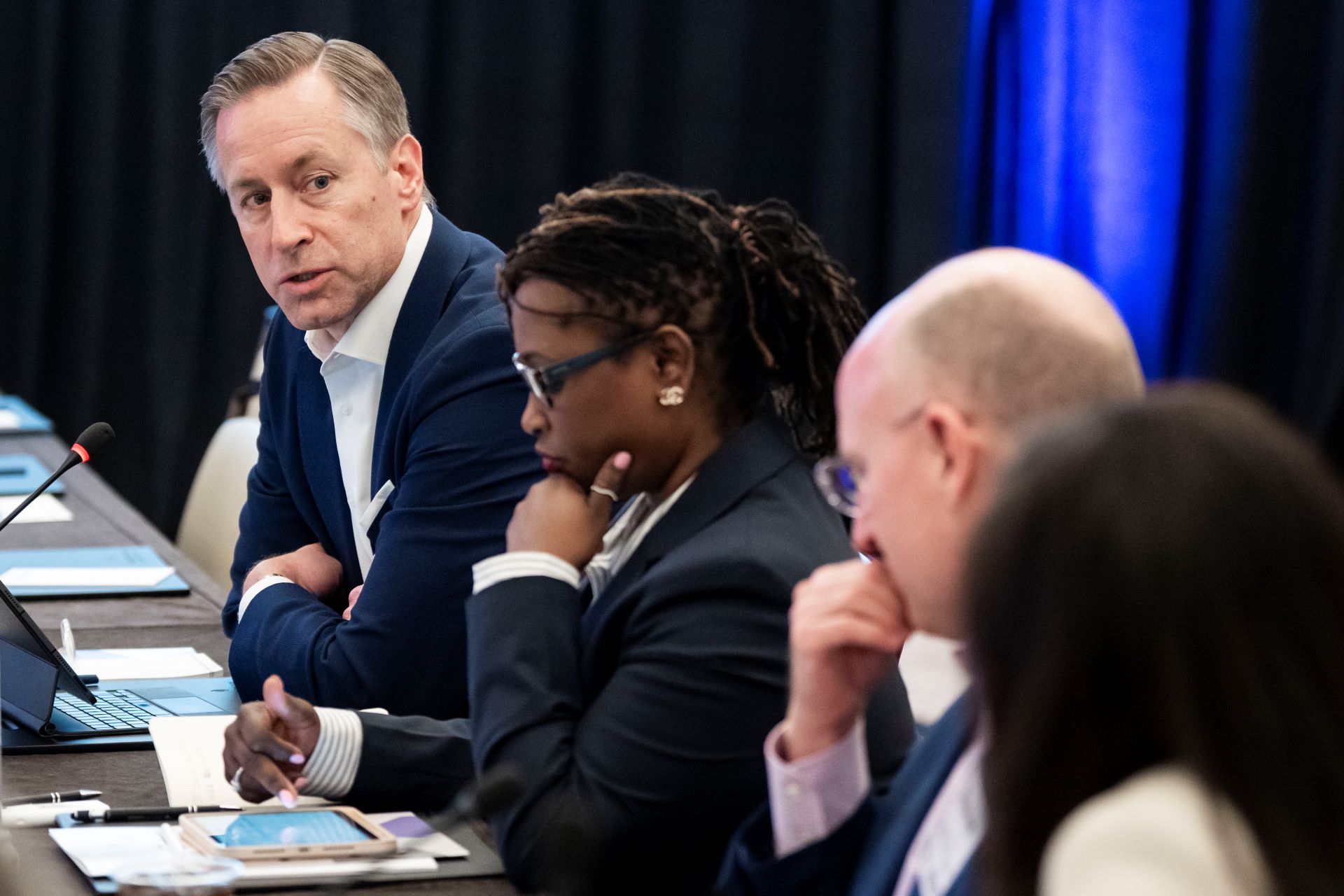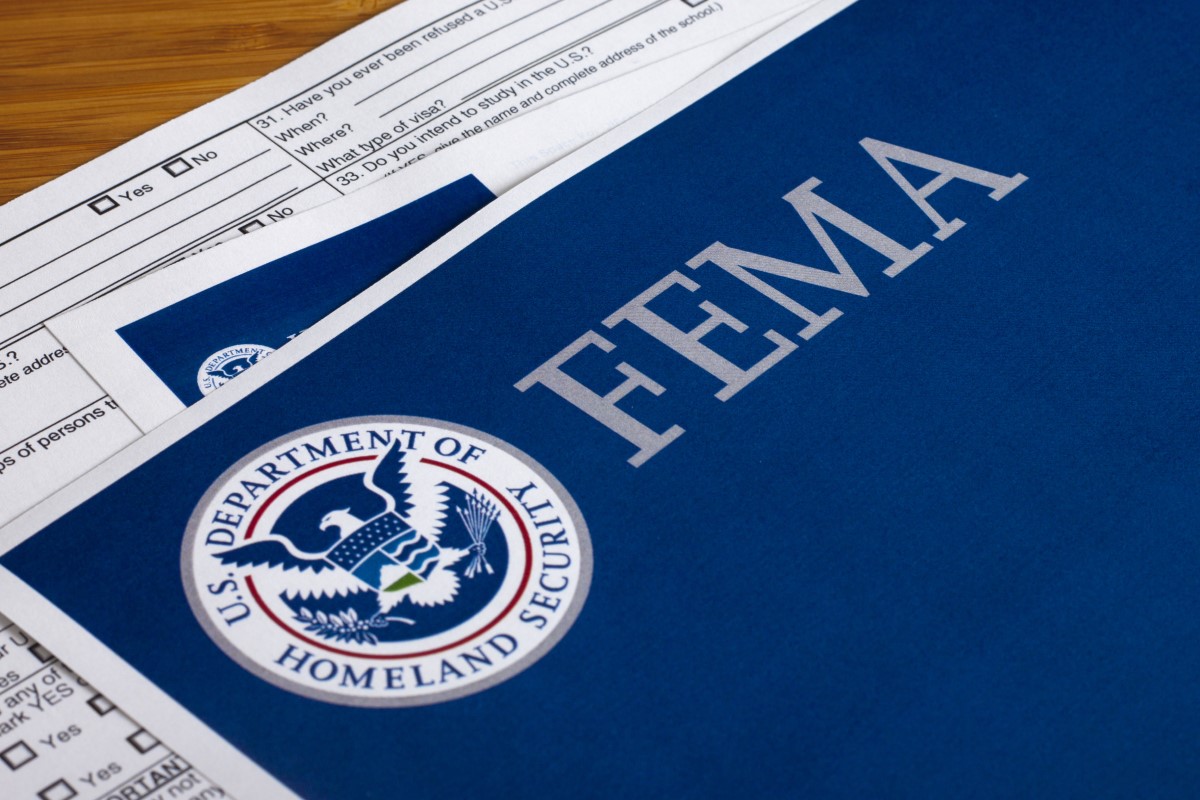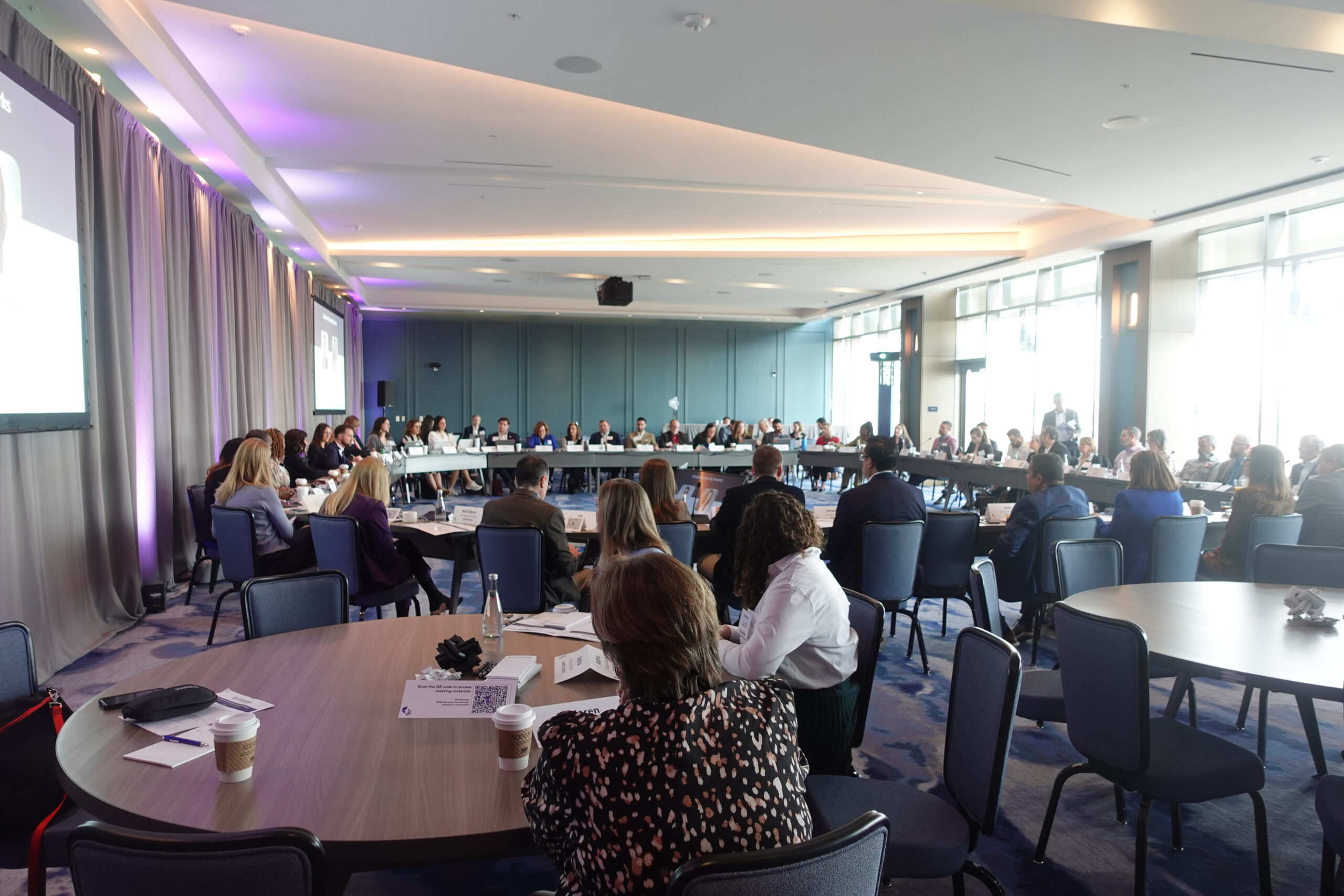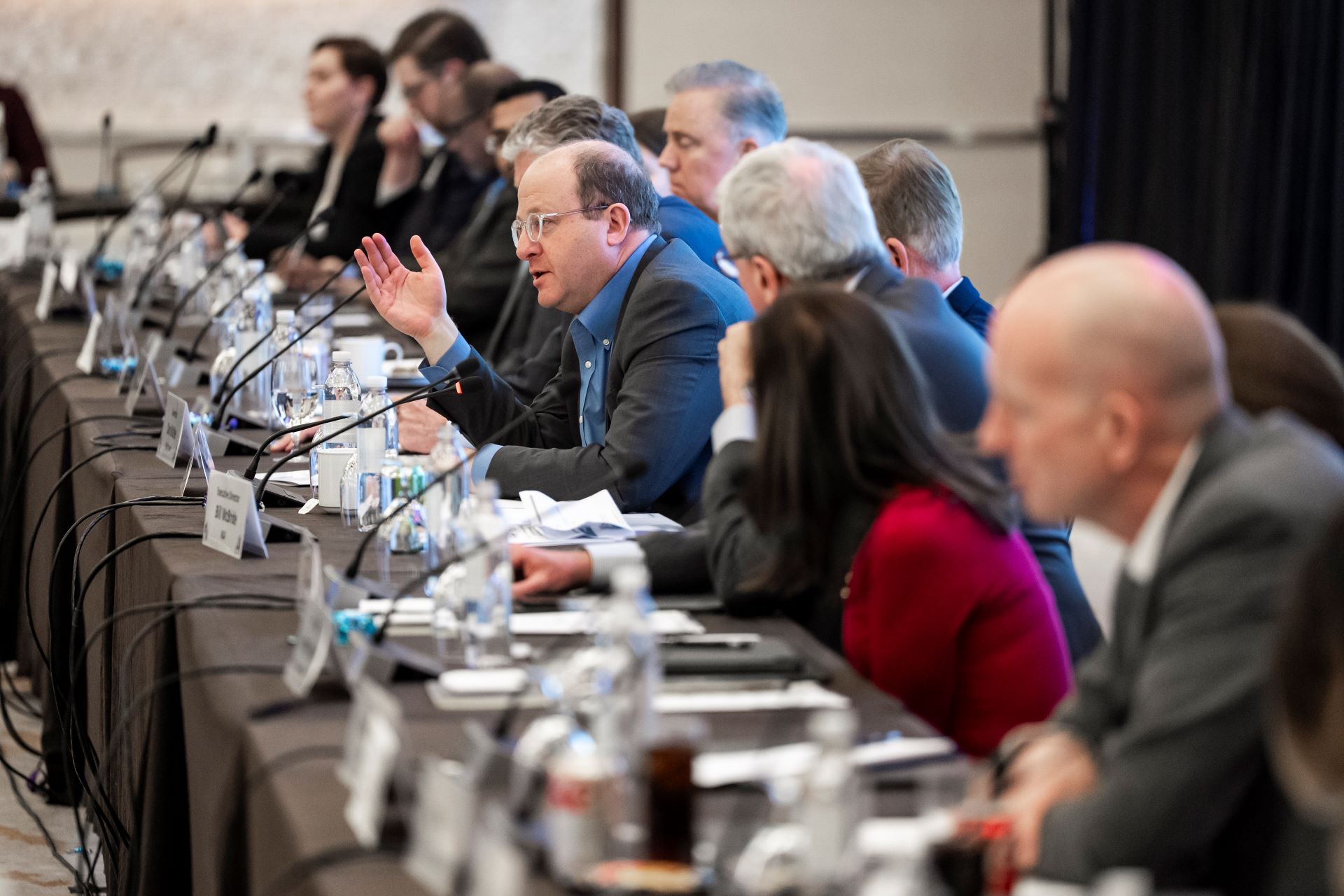The Inflation Reduction Act (IRA) of 2022 is the largest federal investment in clean energy in U.S. history and includes substantial tax incentives for employers who pay prevailing wages and employ registered apprentices on qualifying energy projects (construction, alteration, or repair projects including solar, wind, geothermal, carbon sequestration, and electric vehicle charging stations). State workforce development leaders are well positioned to partner with energy sector employers by developing and scaling apprenticeship programs so employers can meet the IRA’s apprenticeship requirements and qualify for more tax credits. These new tax incentives made available by IRA mean state workforce development systems can play a proactive role in establishing mutually beneficial public-private partnerships to expand opportunities for workers and boost employers’ bottom line.
Opportunities for State Workforce Systems to Consider
- Identify employers in your state that are pursuing or have already established qualifying projects
- Leverage your business outreach efforts to raise employer awareness about the apprenticeship requirements and your services to help them access, establish, or strengthen apprenticeship programs
- Strengthen and publicize pre-apprenticeship and youth apprenticeship programs
- Help employers increase access to these apprenticeships so underrepresented populations and those with the greatest barriers to employment can benefit
- Align these efforts with those of your economic development, energy, and infrastructure partners and policymakers
Tax Incentives That Encourage Adoption of Registered Apprenticeship
The full tax credit benefit from IRA requires meeting prevailing wage and apprenticeship requirements. The tax credit benefit decreases to 20% of the maximum credit if those requirements are not met by a qualifying project.
Apprenticeship requirements apply to the following tax credits in IRA:
- Alternative Fuel Vehicle Refueling Property Credit (26 U.S. Code § 30C)
- Credit for Electricity Produced from Certain Renewable Resources (26 U.S. Code § 45)
- Credit for Carbon Oxide Sequestration (26 U.S. Code § 45Q)
- Credit for Production of Clean Hydrogen (26 U.S. Code § 45V)
- Clean Electricity Production Credit (26 U.S. Code § 45Y)
- Clean Fuel Production Credit (26 U.S. Code § 45Z)
- Investment Tax Credit (26 U.S. Code § 48)
- Qualifying Advanced Energy Project Credit (26 U.S. Code § 48C)
- Clean Electricity Investment Credit (26 U.S. Code § 48E)
- Energy Efficient Commercial Buildings Deduction (26 U.S. Code § 179D)
Apprenticeship Requirements [Section 45(b)(8)]:
- Workhours: for projects beginning:
- before January 1, 2023, 10% of total workhours for a qualifying project must be completed by a registered apprentice.
- between January 1, 2023, and December 31, 2023, 12.5% of total workhours for a qualifying project must be completed by a registered apprentice.
- after December 31, 2023, 15% of total workhours for a qualifying project must be completed by a registered apprentice.
- Ratios: Employers must comply with federal or state requirements for apprentice-to-journey worker ratios, and employers with four or more employees dedicated to a qualifying project must employ at least one qualified apprentice for that project.
- Exemption: Employers that do not meet the apprenticeship requirements can still be eligible for the increased credit if they pay a fine or if they make a good faith effort to employ apprentices but fail due to denial by a Registered Apprenticeship program, or due to the Registered Apprenticeship program failing to respond to the employer’s request within five business days.













